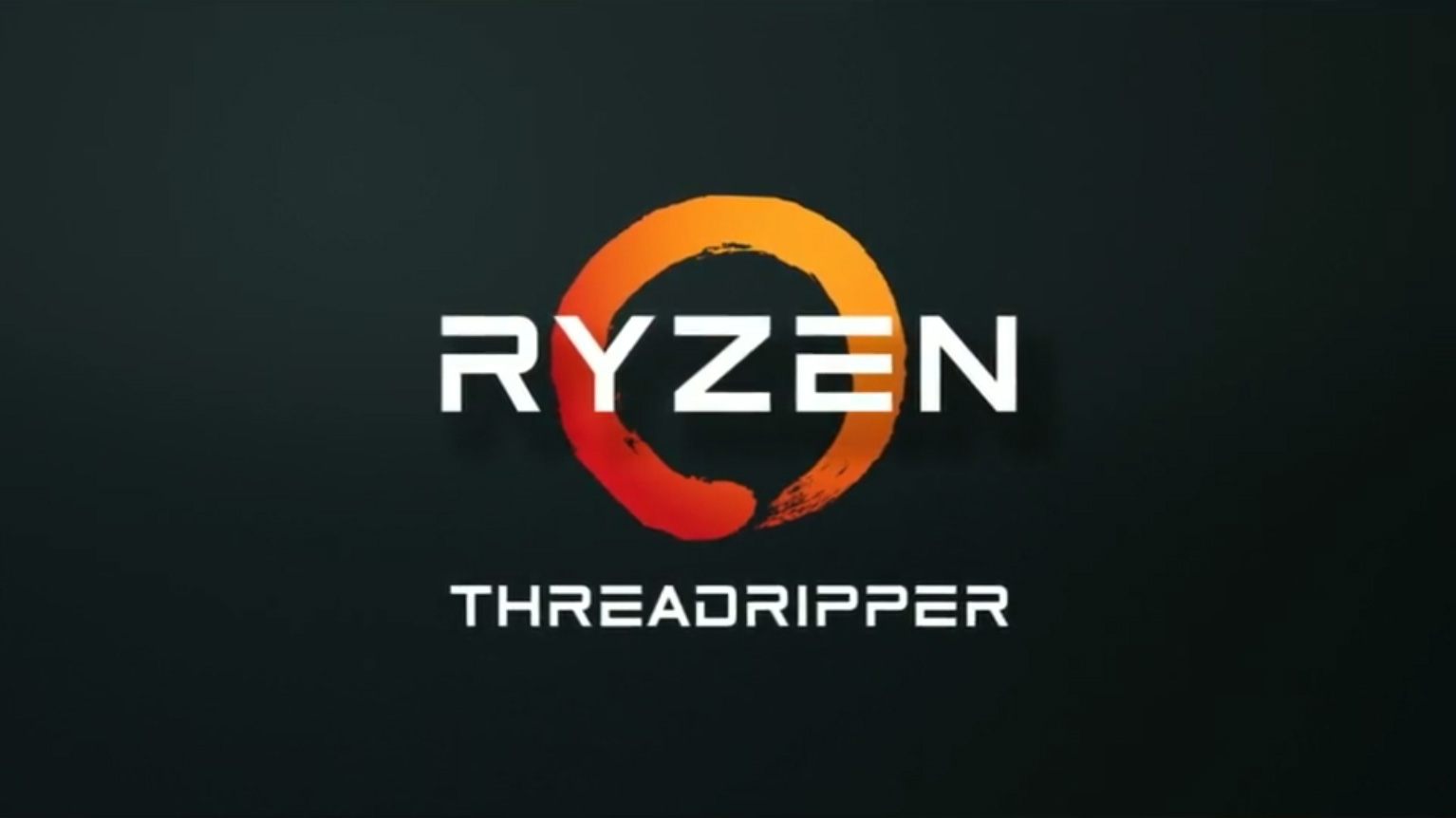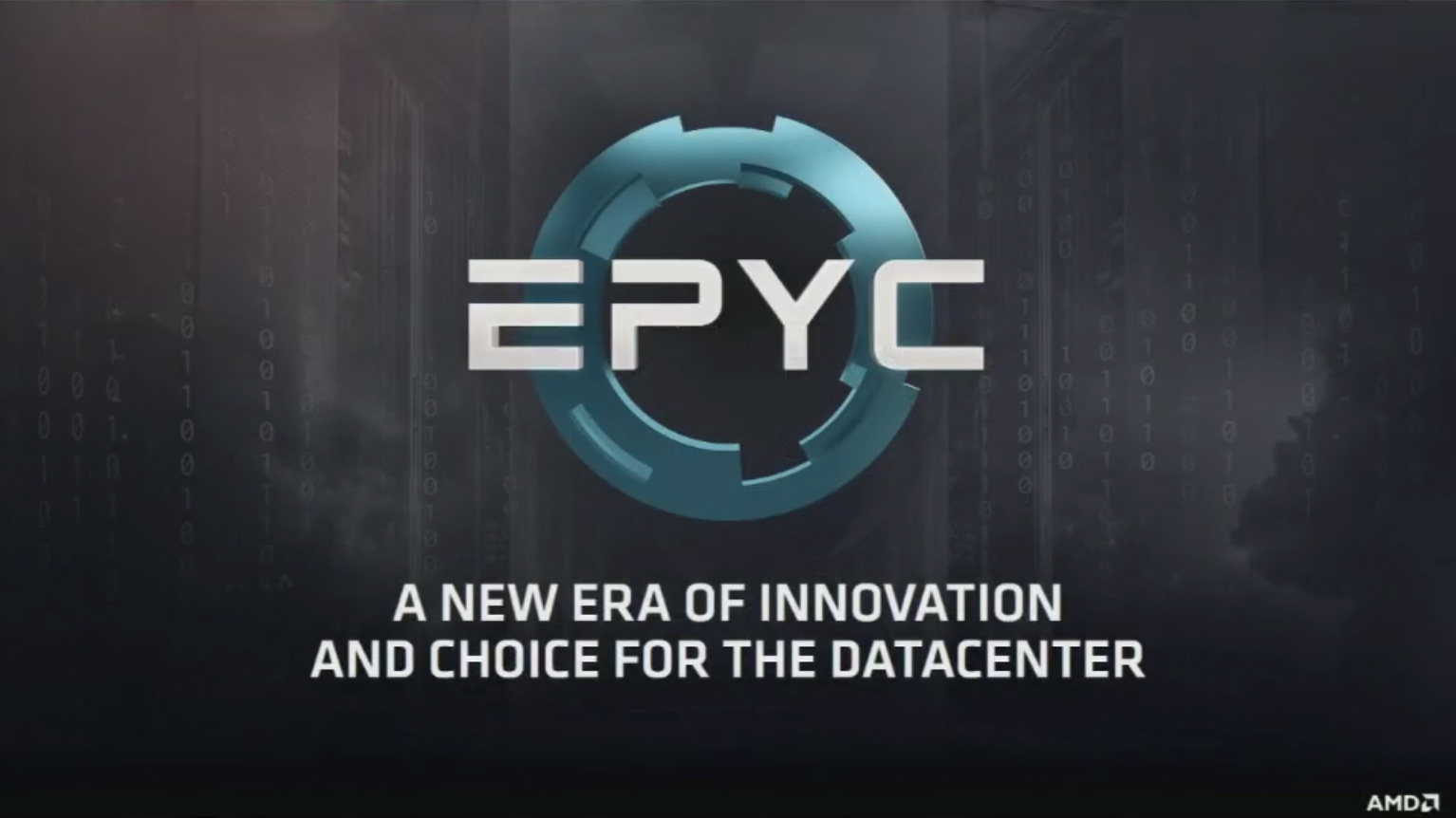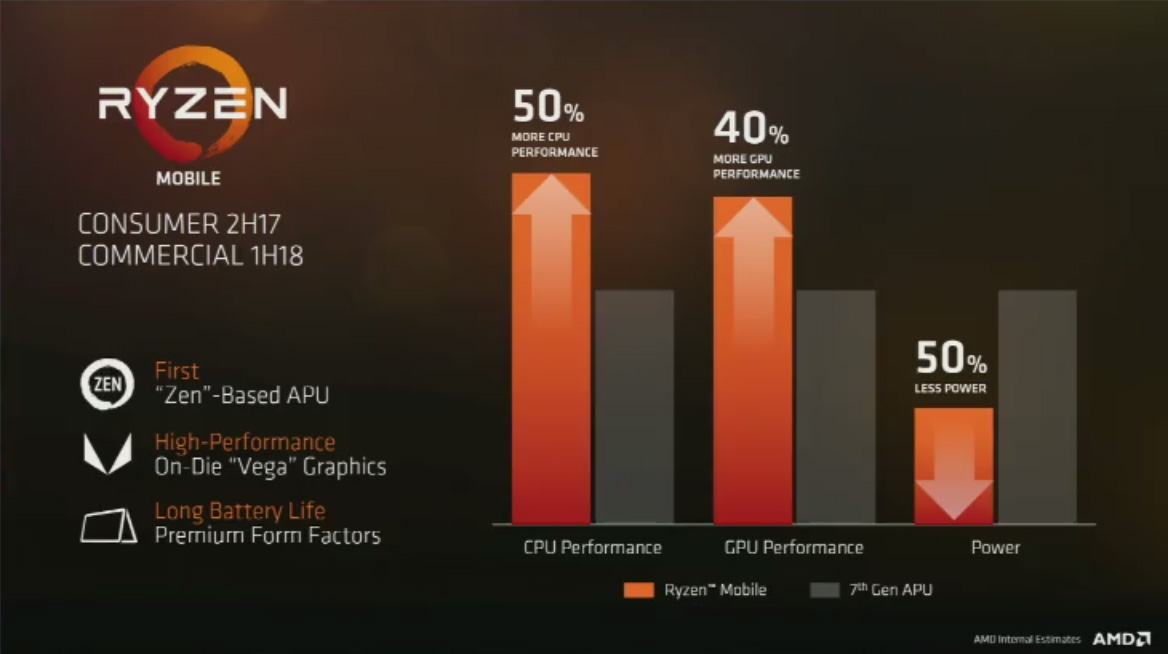AMD's talks Epyc, Threadripper, Vega, and Zen APUs
At its recent Financial Analyst Day, AMD laid out its plans for the coming years.
AMD is on a roll, with a concerted effort to bring back competition to the high-end and enthusiast PC markets. We've seen Ryzen 7 and Ryzen 5, and there have been plenty of rumors floating around regarding Vega and now Threadripper. At its Financial Analyst Day on May 16, AMD confirmed most of the previous rumors. Here's the quick summary.
One of the key design elements of AMD's Zen architecture is that it's highly scalable. The Ryzen parts have already shipped in 8-core, 6-core, and 4-core variants, but sometimes that's just not enough. AMD's alternative for the HEDT (High-End Desktop) market is called Ryzen Threadripper. I'm not sure if that's the final product name or just the codename, or maybe both, but it sounds like Ryzen 9 might have been a wrong guess from the rumormongers, with Ryzen Threadripper being the official name.
Based on the same Zen architecture, but leveraging AMD's Naples design (more on that in a moment) Threadripper brings up to 16-cores/32-threads to a single socket, doubling down on Ryzen 7's core counts. I've already talked about what this means for gaming—probably not much at all, frankly—but for non-gaming tasks like video editing, virtualization, or game development, having that many cores can be hugely beneficial. AMD hasn't publicly committed to an exact date, other than "Summer 2017," but we should hear more at Computex in a couple of weeks.
Since we're on the subject of CPUs and Naples, the next big item is that AMD has officially unveiled its new server brand. Goodbye Opteron, hello Epyc. Formerly codenamed Naples, Epyc takes eight of Zen modules and puts them together in a single die, yielding a 32-core/64-thread part. Epyc CPUs also include a massive 8-channel DDR4 memory controller, supporting up to 16 DIMMs, with 128 PCIe Gen3 lanes of external connectivity. The whole package also comes with an integrated SoC (System on a Chip), so there's no need for external chipsets. The first Epyc product will also be available this summer.
We've already had a separate post about AMD's Vega Frontier Edition, a top-end Vega part with 16GB HBM2 and 4096 graphics cores. AMD didn't disclose pricing, but this is a professional part intended to compete with Nvidia's Quadro cards, so I would expect the price to fall north of $1000, and possibly closer to $2000.
The High-Bandwidth Cache Controller (HBCC) was a key point of AMD's presentation today, showing it improve performance by about 35 percent compared to disabling the HBCC, with more consistent minimum fps as well. RX Vega will also be coming in other flavors, and according to rumors and supposed leaks we'll have Vega Nova (1.6GHz, 4096 cores, 16GB HBM2), Vega Eclipse (1.5GHz, 3584 cores, 8GB HBM2), and Vega Core (1.5GHz, 4096 cores, 8GB/4GB HBM2) in early June. Take those figures with a grain of salt, as usual.
Ryzen parts are also coming to mobile sometime in the second half of 2017—probably closer to Q3 than Q4, meaning just in time for the back to school shopping spree. Where AMD is in a somewhat unique position in mobile is that it makes both modern CPUs and modern GPUs, and there will be APUs that combine Ryzen CPU cores with Vega GPU cores. AMD is targeting 50 percent more CPU performance than their current APUs (eg, A10-8700P), with 40 percent better graphics performance, all while using half as much power.
Keep up to date with the most important stories and the best deals, as picked by the PC Gamer team.
That's a potent combination, and if AMD is talking about 15-25W parts, the thin-and-light laptop market will appreciate the new APUs. The problem with APUs is that they're not really all that fast, particularly when limited to 15-25W total. A single RX 560 as an example can draw around 75W, so getting good CPU performance and good GPU performance with a tiny TDP is very difficult. The Mobile Ryzen APUs could double the GPU core count of Carrizo (512 cores) and still end up TDP constrained. But if you're mostly playing lighter gaming fare like Overwatch, Counterstrike, Rainbow Six Siege, and Hearthstone, the new APUs should be plenty fast—certainly competitive if not outright faster than Intel's Core i5 mobile alternatives.
Jarred's love of computers dates back to the dark ages when his dad brought home a DOS 2.3 PC and he left his C-64 behind. He eventually built his first custom PC in 1990 with a 286 12MHz, only to discover it was already woefully outdated when Wing Commander was released a few months later. He holds a BS in Computer Science from Brigham Young University and has been working as a tech journalist since 2004, writing for AnandTech, Maximum PC, and PC Gamer. From the first S3 Virge '3D decelerators' to today's GPUs, Jarred keeps up with all the latest graphics trends and is the one to ask about game performance.






